Preventing False Alerts
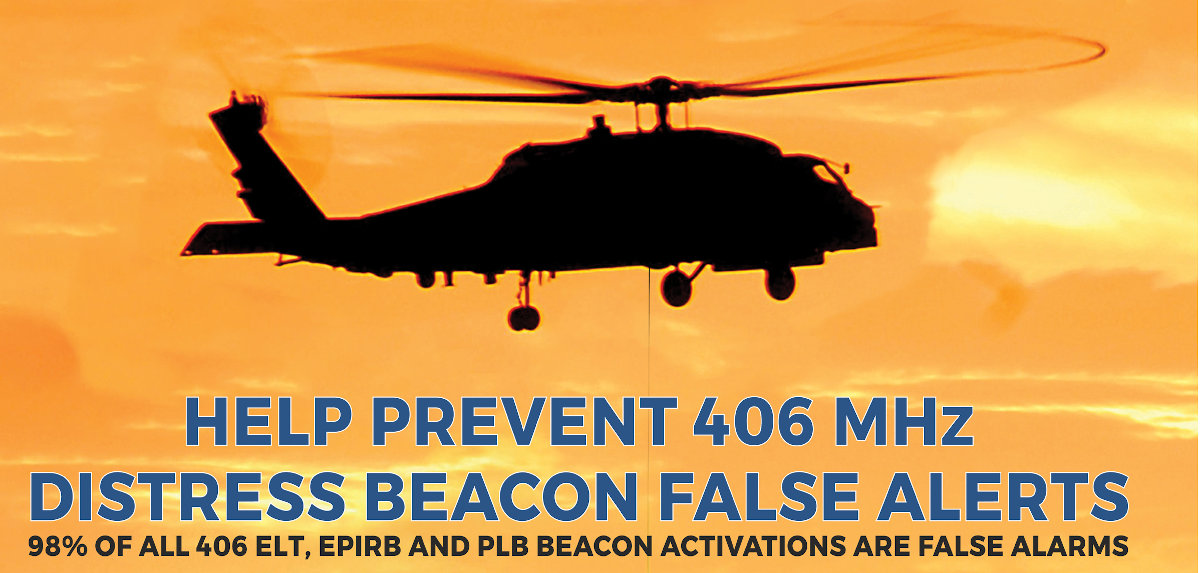
Who to Call:
In the event of accidental 406 beacon activations, please call the U.S. Coast Guard if the beacon is an EPIRB, and U.S. Air Force if the beacon is an ELT or PLB.
Activations are serious business. Remember this is literally a call for help! With the efficiency of today’s SARSAT system, they will likely be already aware and are acting on the fact that your beacon has been activated, even if it was only on for a minute or so. They will need to speak to you to get the information required to stand down the incident and tell you what to do to make sure your beacon is turned off. If your beacon is an EPIRB, that is, a beacon meant for use in marine situations, call the U.S. Coast Guard RCC. If your beacon is an ELT or a PLB, call the U.S. Air Force RCC. They handle all on-land SAR incidents across the U.S. Both agencies are available 24 hours a day, seven days a week. They will be very pleased to hear from you.
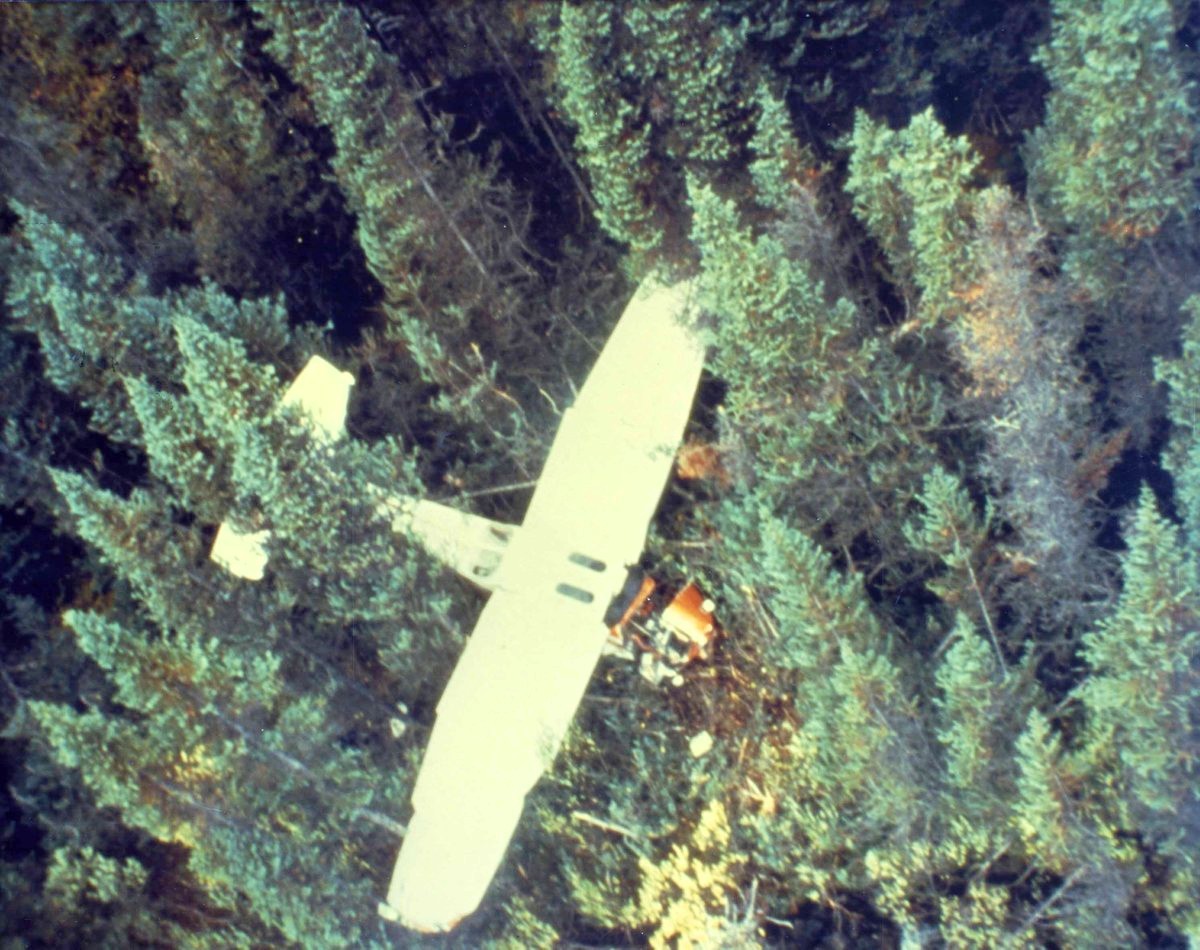
Image courtesy of Canadian Forces
Overhead shot of the aircraft crash that has gone down in history as the first ever distress, detected and located by a satellite. The plane went down in the mountains of Northern British Columbia, Canada in September 1982. All three onboard survived. The irony was they were searching for another missing aircraft. That plane was never found.
False Alerts
SARSAT (Search and Rescue Satellite-Aided Tracking) satellites have been saving lives for about 40 years now. In fact the first downed aircraft rescue and the first marine rescue occurred less than two months into the system testing period.
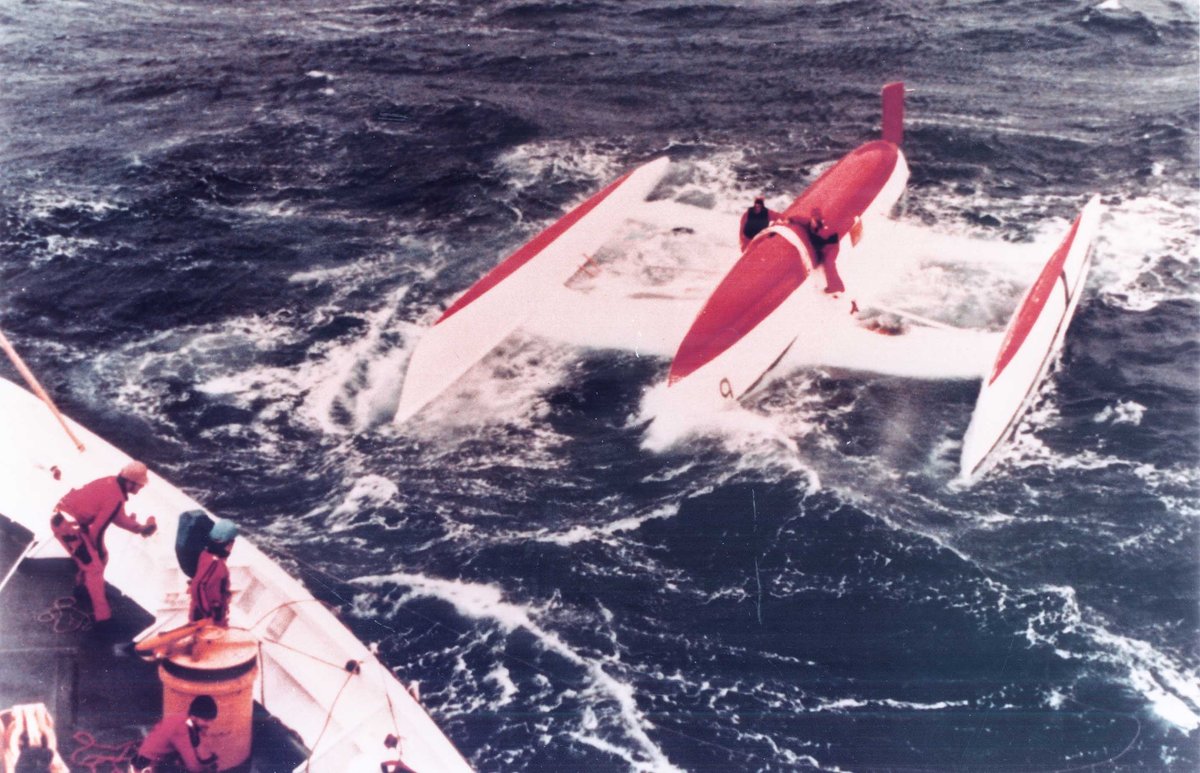
Image courtesy of U.S. Coast Guard
In October 1982 U.S Coast Guard ship arrives to rescue the crew of the “Gonzo” after a satellite detects their activated EPIRB. This is the first marine rescue thanks to location data from a Cospas-Sarsat satellite.
Both these rescues proved the viability of a system that had barely entered the test phase. There was one drawback. Analogue beacons, then the overwhelming type of beacon in service, were extremely unreliable and there was no straightforward way to verify that the distress was real without proceeding to the location of the signal. In almost every case SAR personnel had to launch a search when analogue beacons were activated. The 406 digital beacon was and is much more reliable and can usually be verified as an actual distress, using the registration information, but the system is still dogged by false alarms.

Image courtesy of DVIDS
Today 98% of all 406 ELT, EPIRB and PLB Beacon activations are false alarms. Beacon registration information means that most inadvertent activation cases are resolved with a phone call.
False Alerts Increase the Risk
Search and Rescue (SAR) crews put their lives on the line every time they go out on a SAR mission. They take on demanding challenges, day or night, regardless of weather, when a distress call comes in. They are prepared to head into the storm because they know that every minute counts. Lives are at stake. It is dangerous work.
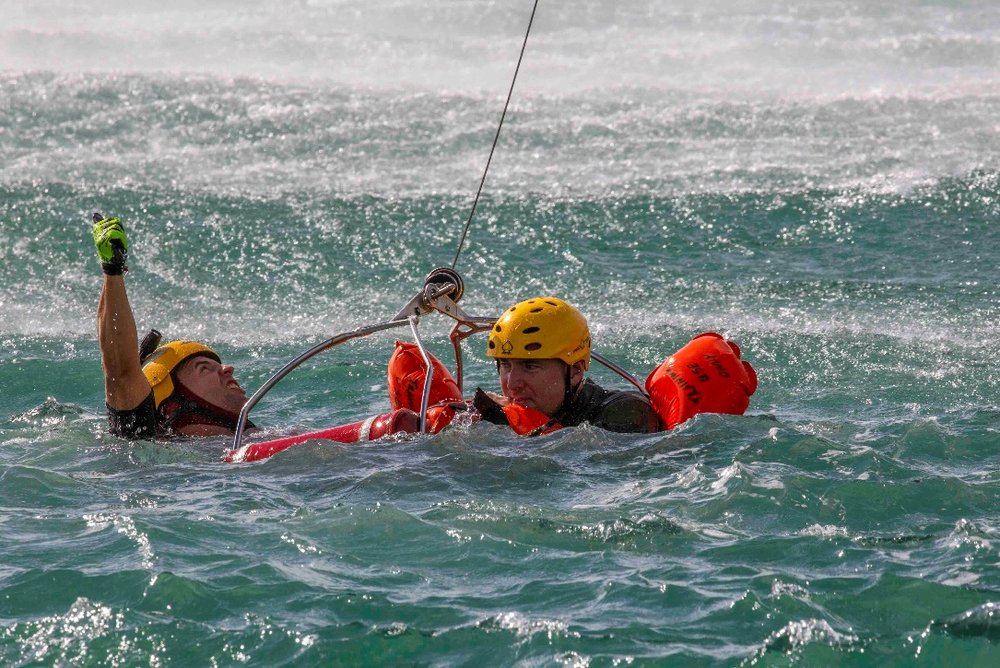
Image courtesy of DVIDS
SAR crews are often exposed to hazardous conditions that put their own lives at risk.
Why Registration is so Important:
Information is key. Beacon Registration is the fastest and simplest way for SAR authorities to respond to a distress or confirm a false alarm. Knowing who is in trouble, a description of the boat or plane they were in, or the type of activity they are involved with, where they were headed, how many in the group – these are all critical components to SAR planning. Beacon registration provides this information. Without it, the mission becomes even more challenging and dangerous.
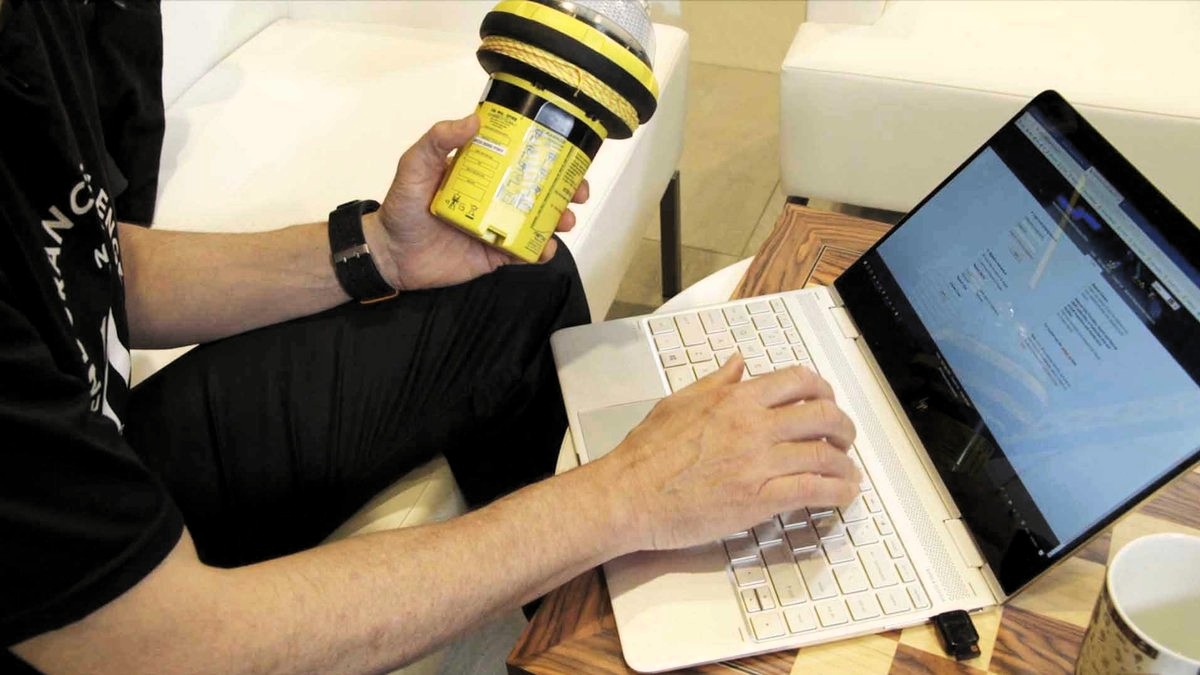
Image courtesy of Cospas-Sarsat
Registration only takes a few minutes. The information is confidential and is only accessed if the registered distress beacon is activated.
An unregistered beacon adds an unnecessary layer of difficulty to the mission. Part of the process with any notification of distress or overdue call is to verify that the distress is real. SAR crews still go out. In that case they do not necessarily know what they are looking for or the number of people involved. The only information they have is location. And if it turns out to be a false alert, that crew would have been unavailable to respond to a real distress occurring somewhere else at the same time. And then there is the potential financial penalty. False alerts, especially with unregistered beacons where SAR crews responded to the scene of the activation, can lead to fines for the beacon owner. It pays to register.
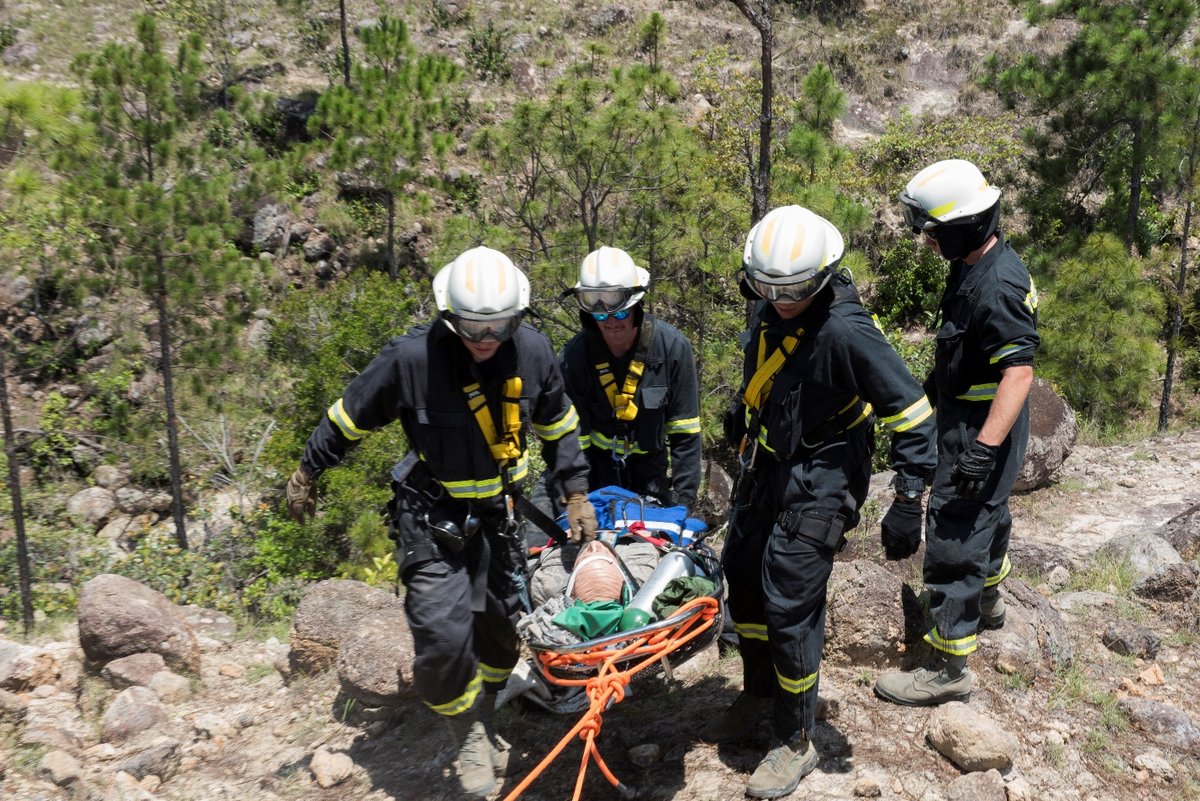
Image courtesy of DVIDS
SAR crews will come but can’t react as quickly. SAR mission planners must take more time to look at terrain and other factors where the distress signal originated, to try and determine the nature of the distress. SAR crews need to equip themselves with gear for all the potential options. And when they do arrive at the location of the beacon signal, they still need to figure out who and what they are looking for…
Help mitigate the risks SAR crews take to save your life – register your beacon.
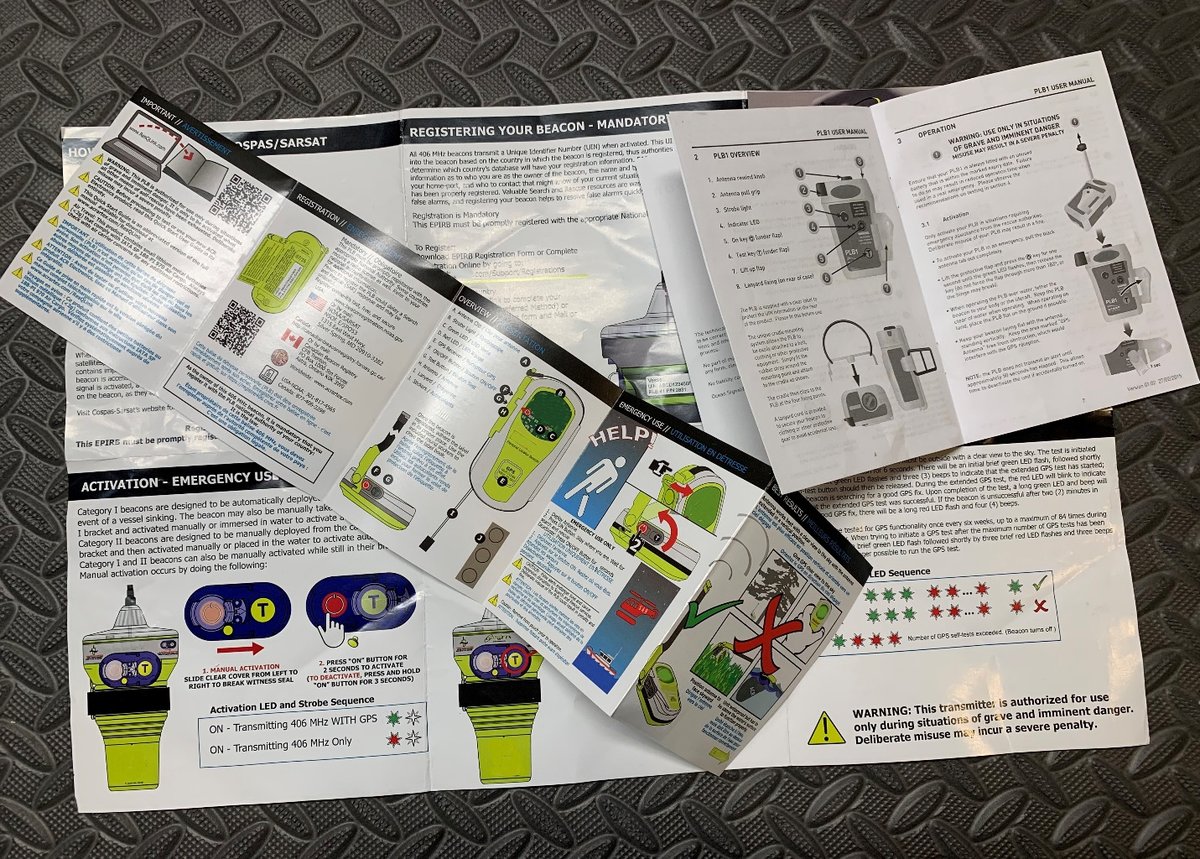
Reading your instruction manual will help you understand not only your 406 beacon but the Worldwide network that supports it.
Read your 406 Beacon Manual
406 Beacons are designed to be simple to operate. However, as with any device, knowing how to properly activate your beacon in advance of a distress situation is key to your beacon operating exactly as intended when you need it. Accidents can happen in a split second. On the verge of passing out or in extreme pain is not the time to think about what button to press. Knowing what happens after you have activated your beacon will assure you that the message has been sent.
Taking the time to read the instructions will also provide you with the knowledge of how to properly test your beacon while preparing for your trip. Like any gear you rely on for a safe trip, you need to verify that it is in good working order before you head out. Follow the testing procedure carefully as well as the general handling instructions to avoid accidental activation.

Image courtesy of Cospas-Sarsat
Knowing your gear and being prepared gives you a great advantage in a distress situation. Most false alerts occur during testing, handling, repair and installation.
For PLB owners, pay particular attention to instructions about antenna position which are very important to maximizing the spread of the distress signal. For aircraft pilots, make note of the ELT cockpit switch, what the indicators look like and how to use it, both for testing purposes and in the event of aircraft malfunctions. For boaters, determine what type of EPIRB you have, and how it is activated. Make sure to communicate that information to your crew and passengers, so they know what to do or not do if they are in close proximity to the beacon in the event of a distress situation.
Know your beacon… it could save your life.
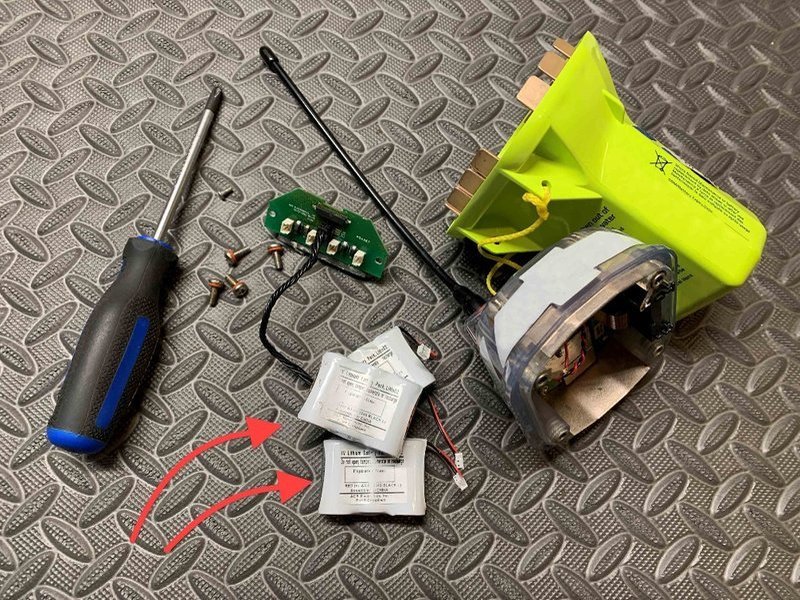
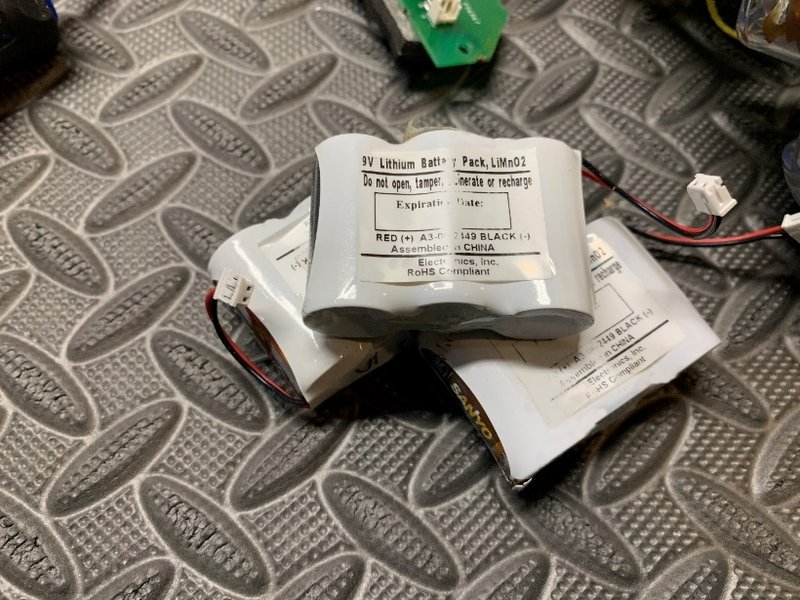
Removing and recycling the batteries and electronic components prevents accidental activations and keeps toxic components out of the environment.
Decommissioning your Beacon
When your beacon has reached the end of its life cycle, it is important to dispose of it properly. Do not throw it in the trash. That could lead to false activation. False activation can lead to fines. SAR crews are obliged to find it in order to eliminate it as a distress call and deactivate it. What needs to be done instead is dismantle the beacon, remove the batteries, and recycle both the batteries and the beacon case. Do not put either the batteries or the beacon components in landfill. The batteries are likely lithium and harmful to the environment. Once you decide to decommission your beacon, you must also contact beacon registration so that your beacon information can be updated.
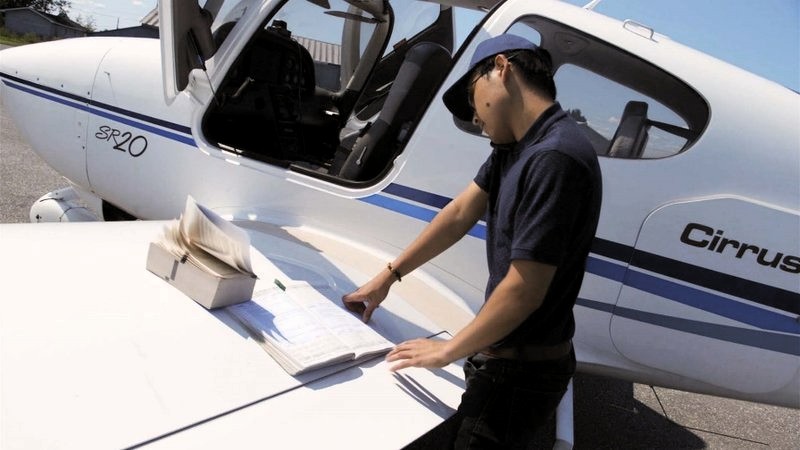
Image courtesy of Cospas-Sarsat
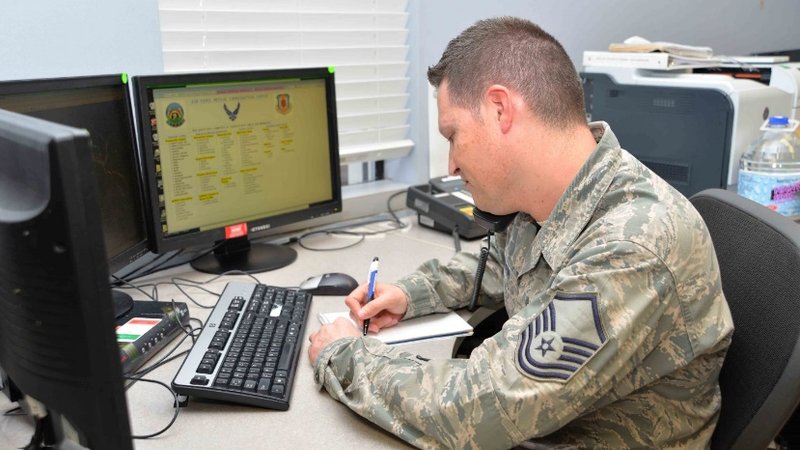
Image courtesy of DVIDS
Try to have your 406 beacon’s Hex ID ready when you call the RCC regarding an accidental activation.
Please help us prevent false alerts
The following poster is designed to inform and educate 406 beacon owners and equipment maintenance crews about false alerts and how to avoid them. You may print this poster and place it in a visible location in your hanger, marina, wilderness tours location or retail outfitter location to alert 406 beacon owners to this ongoing problem, how to avoid accidental activations, and what to do if a false activation occurs.
